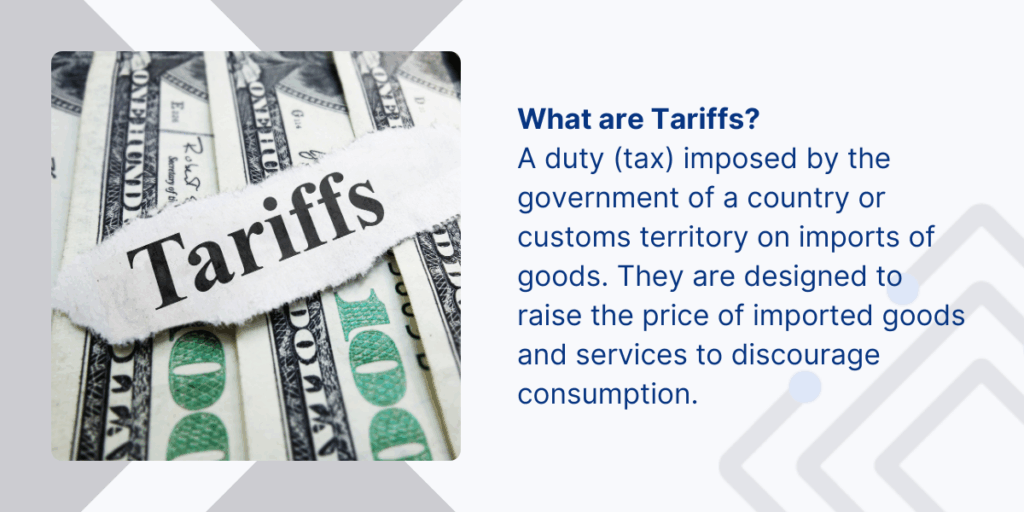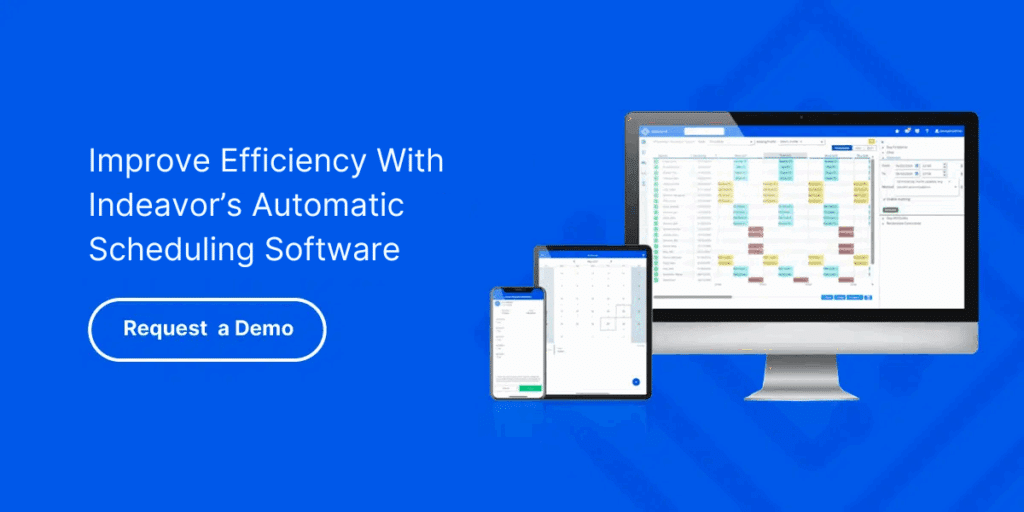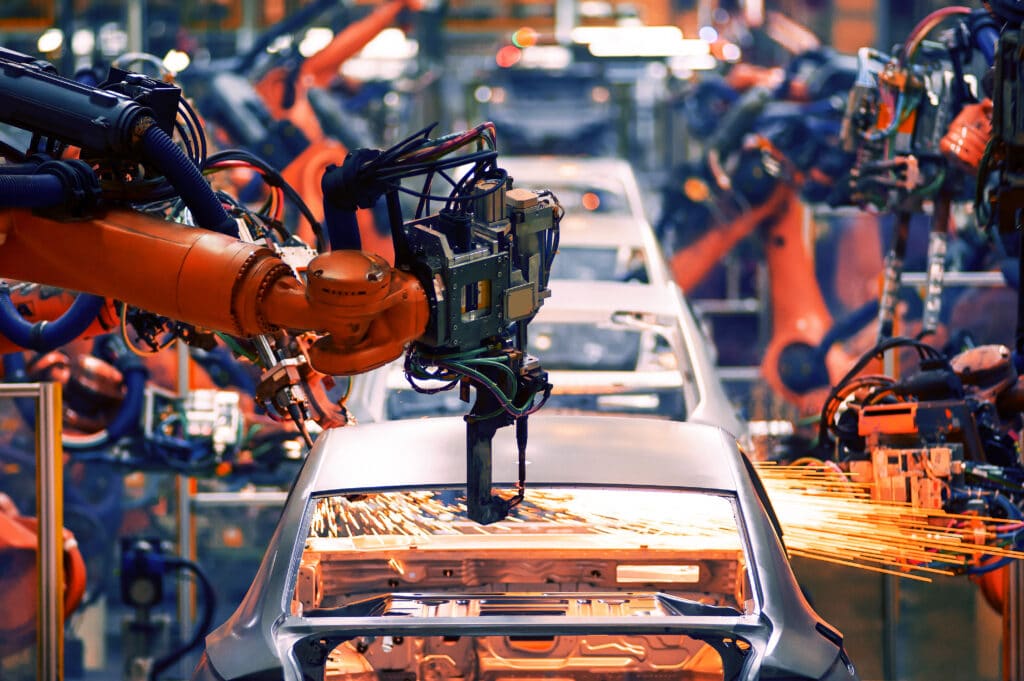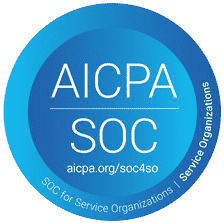The conversation around auto tariffs has reentered the spotlight in 2025 as the U.S. government introduces new trade restrictions aimed at protecting domestic interests. With growing concerns about global supply chain vulnerabilities, intellectual property protection, and national security, these tariffs mark a renewed phase of industrial policy with significant implications for manufacturers, suppliers, and the workforce alike.
At the heart of this development lies a broader narrative: tariffs and U.S. manufacturing are now more closely linked than ever before. These policies are reshaping production strategies, investment flows, and labor needs across the automotive sector and beyond.
What Are Auto Tariffs?
Auto tariffs are taxes imposed on imported vehicles and vehicle components. Historically, they’ve been used by governments to protect domestic automotive industries, raise revenue, or respond to unfair trade practices. Tariffs can influence pricing, production strategies, and the geographic flow of trade and investment.
In early 2025, the Trump Administration introduced two significant actions addressing imports of automobiles and automobile parts. The first proclamation, issued in March, focused on adjusting imports of automobiles from China based on national security concerns. It accomplishes this by introducing a 25% tariff on imported cars and certain auto parts.
The second proclamation, amended in April, refined this policy by:
- Clarifying implementation timelines for newly implemented auto tariffs,
- Preventing the compounding of tariffs (such as those on steel or aluminum), and
- Introducing domestic production credits for automakers assembling vehicles in the U.S.
These steps reflect a broader effort to reorient supply chains and promote U.S. manufacturing resilience, a theme that continues to shape modern industrial policy.

Key Policy Changes
The March 2025 Trump Administration Presidential Proclamation introduced sweeping limitations on cars and car parts manufactured in China through auto tariffs. The rationale behind this move stems from concerns that foreign entities could exploit U.S. infrastructure, steal proprietary technologies, or undermine American innovation through unfair competitive practices.
The March proclamation aims to:
- Prevent foreign entities from exploiting U.S. infrastructure.
- Protect proprietary technologies and innovation.
- Strengthen the resilience of critical supply chains.
Set specific restrictions and identify vehicle and parts categories subject to elevated scrutiny or exclusion.
The April amendment clarified operational guidelines and incentivized manufacturers to shift more of their production to the U.S. through tiered tax credits. Combined, these actions are part of a deliberate policy pivot, linking auto tariffs directly to national industrial goals—making tariffs and U.S. manufacturing deeply intertwined in practice.
Impact of Tariffs
Auto tariffs are reshaping the automotive industry’s economic, trade, and labor dynamics. From increased production costs to shifting supply chains and evolving workforce demands, the ripple effects are prompting both challenges and new opportunities for manufacturers across North America.
Economic and Trade Consequences
The economic effects of auto tariffs are complex and far-reaching. According to a recent Brookings Institution analysis, these tariffs could increase vehicle costs for U.S. consumers due to disrupted economies of scale and decreased access to low-cost parts.
Additionally, many auto manufacturers, particularly those with global footprints, rely on deeply integrated North American supply chains. Tariffs that disrupt this integration risk reducing efficiency and increasing operational costs, especially when suppliers in Mexico or Canada are indirectly impacted through stricter customs enforcement or redirected investments.
While the auto tariffs are largely aimed at Chinese imports, there are downstream consequences across the global automotive landscape. Many automakers may respond by altering production footprints, localizing supply chains, or passing costs onto buyers. In the long term, this could either hinder competitiveness or foster regional manufacturing growth, depending on how businesses and policymakers adapt.
U.S. Manufacturing
There’s no question that tariffs and U.S. manufacturing are now being used in tandem as tools to influence economic behavior. By raising the cost of imported vehicles and components, auto tariffs are designed to push automakers to invest in American facilities and workforce development.
These auto tariffs could result in a resurgence of domestic manufacturing, especially in regions already poised to support EV production. But it’s not without challenges: higher input costs, the need for skilled labor, and the complexity of transitioning supply chains all remain formidable hurdles.
Still, many industry leaders view this as an opportunity to future-proof their operations by investing in localized, agile production capacity in response to auto tariffs. The success of this shift will hinge on manufacturers’ ability to respond quickly and efficiently to changing demands.
As production shifts back to U.S. soil, companies must align workforce strategy with new operational realities. From ramping up hiring in advanced manufacturing hubs to re-skilling workers for EV platforms, labor agility becomes a competitive advantage.

Why Workforce Management Matters in a Tariff-Heavy Economy
As production shifts back to U.S. soil, companies must align workforce strategy with new operational realities, including auto tariffs. From ramping up hiring in advanced manufacturing hubs to re-skilling workers for EV platforms, labor agility becomes a competitive advantage.
That said, labor challenges persist:
- Talent shortages in skilled trades
- Cost pressures related to overtime or absenteeism
- Increased compliance complexity with union rules or multi-shift operations
Navigating these variables requires not just a larger workforce, but a smarter way to manage it. The companies best prepared to capitalize on new industrial policies will be those with flexible, data-driven workforce strategies.
That’s where Indeavor comes in.
Indeavor enables large manufacturers to stay ahead of policy shifts like auto tariffs by delivering intelligent, automated workforce management solutions. Our platform provides:
- Real-time labor visibility across plants
- Automated scheduling that aligns with legal, union, and internal policies
- Insight into labor availability for peak-demand or re-shored production ramps
Whether you’re adjusting to new trade policies, managing overtime risk, or optimizing labor costs amid supply chain shifts, Indeavor helps you remain agile, productive, and compliant.
Moving Forward with Confidence
The 2025 auto tariff policies mark a pivotal moment in U.S. trade strategy, but their significance goes beyond the automotive sector. They represent a broader effort to link tariffs and U.S. manufacturing in a way that reshapes how and where goods are made.
For manufacturers, auto tariffs mean uncertainty, but also opportunity. Those who combine operational awareness with smart workforce management will be best positioned to thrive in this new era.
Indeavor is here to support that transformation. Schedule a demo to learn how our platform can help you navigate workforce planning challenges in a tariff-driven economy.







